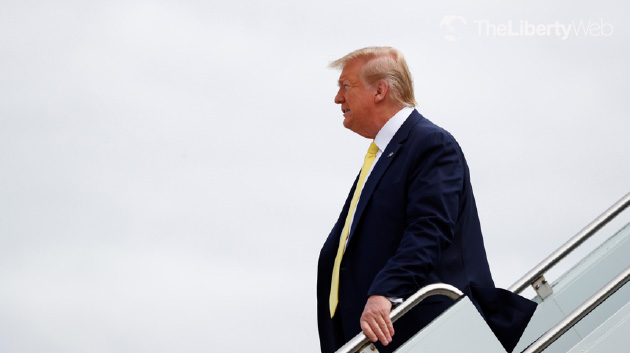Don’t Be Fooled by the Seemingly Resolved Trade War
Trump's Aggression Starts Here
(photo: Reuters/Aflo)
The U.S.-China Trade War is fading from the hot topics with the coronavirus and the upcoming presidential election in November. However, when observed more closely, the trade war has been escalating in intensity.
Before going into the details, we should review the content of the U.S.-China agreement that was enacted in February.
In the next two years, China will increase imports from the United States by $200 billion by buying agricultural as well as other products, decreasing their trade surplus significantly. They also agreed on other terms including better protection of intellectual property and restraining from performing currency manipulations that will increase exports by making their currency cheaper.
Meanwhile, the U.S. took down a portion of the tariffs imposed upon Chinese goods and removed their label as a Currency Manipulator.
In regard to this, many media reported that the trade war is coming to the end or that a truce has been reached, easing public tension.
China Tricked by Trump’s Elaborate Strategy
However, not only did the Trump administration win the deal, but they are also steadily closing in on China.
First, through the deal, President Trump was able to greatly appeal to his voters for the upcoming presidential election. By increasing exports of agricultural products, he was able to keep his promise of shrinking trade deficits.
Meanwhile, starting April 6th, the U.S. Department of Commerce has decided to impose a rule that would enable tariffs to be imposed on businesses who have received “subsidies” through currency manipulations. By widening the definition of “currency manipulation,” the U.S. can more effectively and strictly deal with China’s currency issues. This stunning move puts great pressure on China.
From here, the Trump administration will make a move for its primary targets, mainly the subsidies that state-owned enterprises receive in China and countermeasures against cyberattacks.
The U.S. military’s actions also affirm President Trump’s seriousness towards dealing with China.
In January, the Secretary of the Army discussed his plan to set up the best military forces at two locations in the Indo-Pacific region by 2022. One of the possible locations included the Senkaku Islands.
Furthermore, when China began flying military aircrafts around Taiwan at the beginning of this year, the U.S. military deployed bomber jets in response.
U.S. Furious With the “Communist Virus”
The coronavirus infuriated the United States, further deepening the chasm between the U.S. and China.
China’s Foreign Ministry Spokesperson made a remark in mid-March that “it might be U.S. army who brought the epidemic to Wuhan.” The U.S. government summoned the Chinese ambassador and strongly protested afterwards. Michael Pillsbury, President Trump’s Advisor and an expert in Chinese affairs, stated that they have cautioned China using extremely careful phraseology.
The reason Mr. Pillsbury talked about this in such an unusual manner is because it touches upon state secrets. This suggests that the U.S. government believes that the virus leaked from China’s biological weapons research facility.
Mike Pompeo, the U.S. Secretary of State, continues to reference the virus as the “Wuhan virus”; they may already have found evidence for this fact, which explains his action. It can be inferred that China has angered the U.S. because of its obvious lie.
Their attitudes make it clear that the U.S. and China can’t get along together. Therefore, it is more natural to look at the U.S.-China agreement as the calm before the storm rather than a truce. China will face great adversities in future negotiations. In the near future, we will observe China’s collapse, similar to that of the Soviet Union.



















